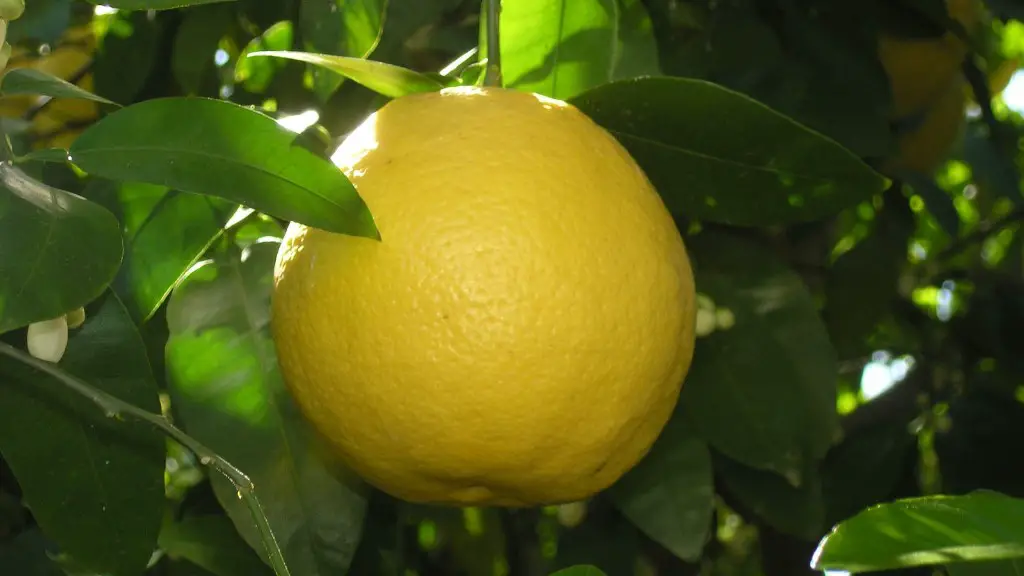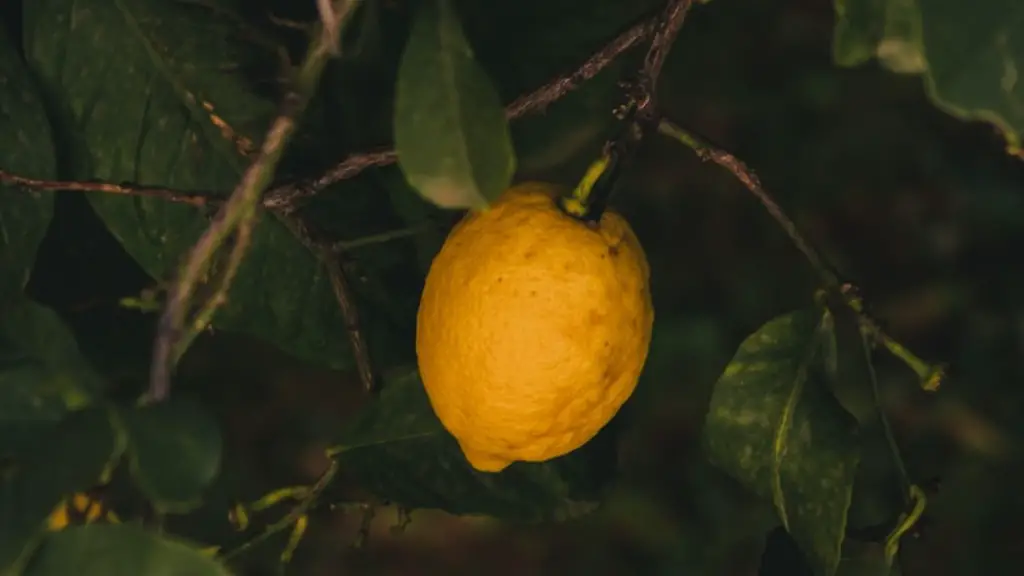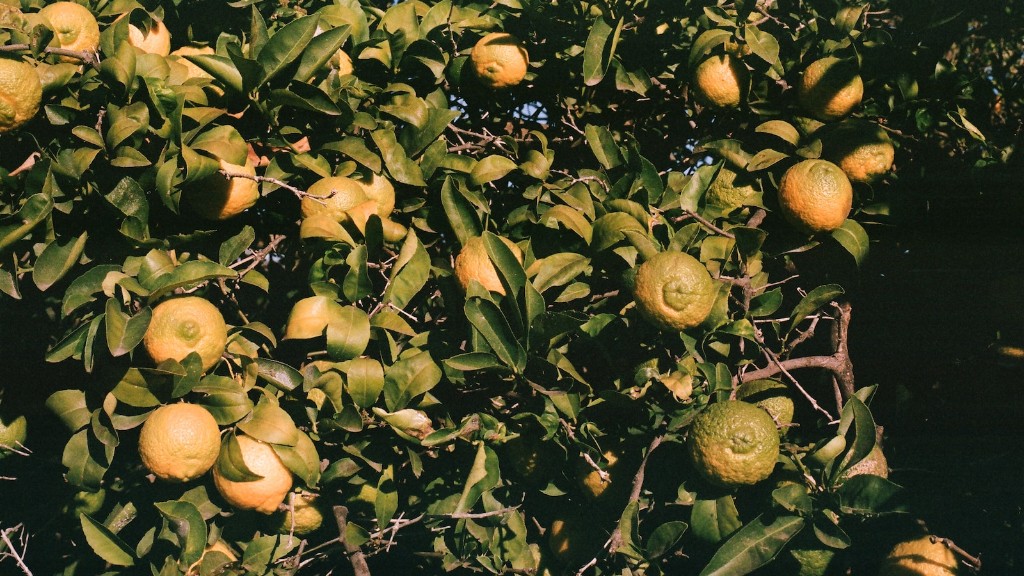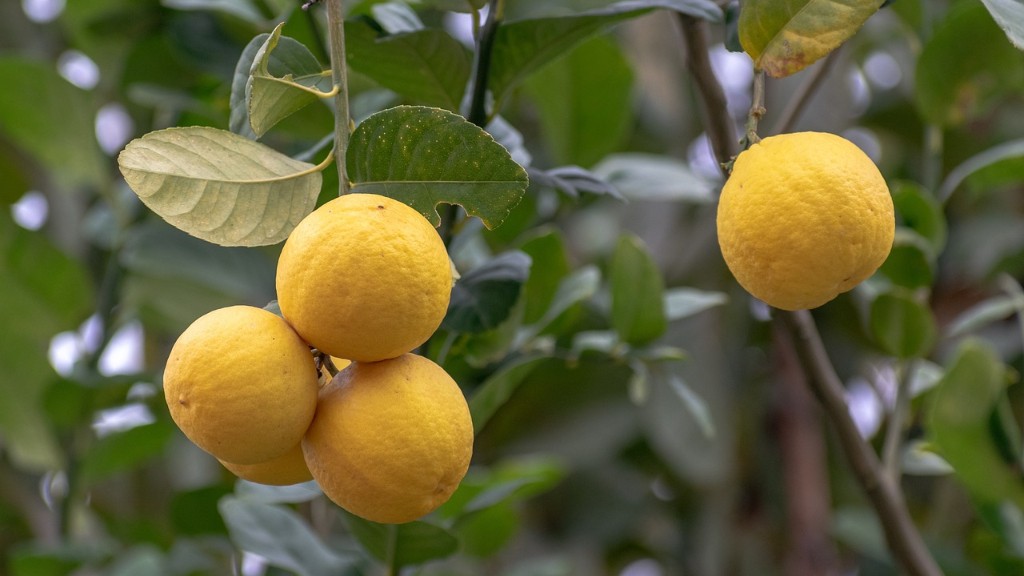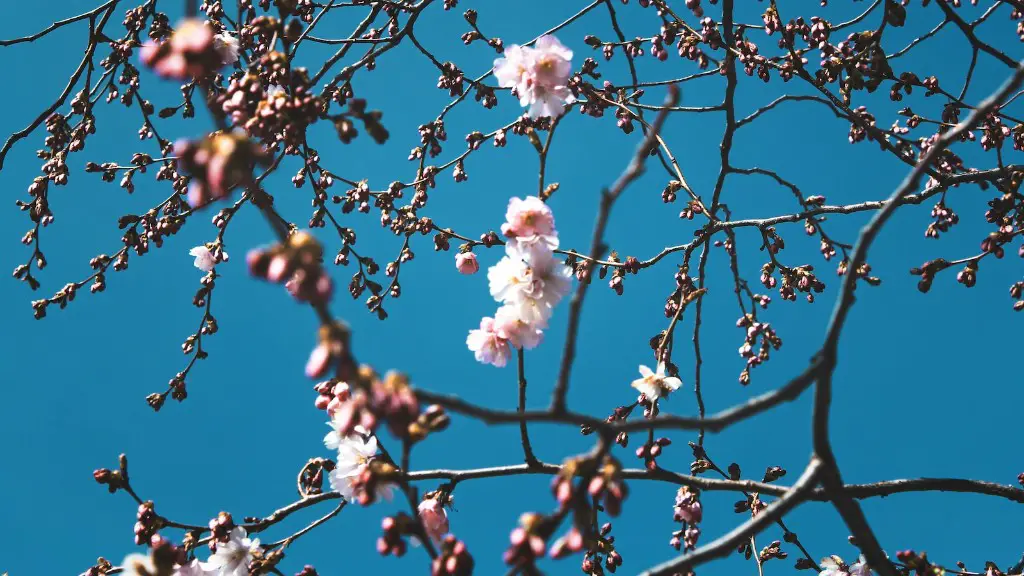When choosing a lemon tree for your potted home or garden, at first, it can be overwhelming to decide which variety to choose. In order to make a choice, it’s important to consider the mature size of the tree, its hardiness, and ease of care. Lemons offer a great opportunity for bringing a bit of the outdoors inside and providing flavorful fruit from a small, container-grown tree.
Lemon varieties with a dwarf or semi-dwarf form are best suited for growing in a pot, since they are less likely to outgrow their container than the full-sized varieties. Meyer lemons have a more rounded, slightly tart flavor and are a semi-dwarf variety. They are hardy and relatively easy to find. Eureka lemons have an acidic, strong flavor and are a full-sized tree. However, with proper pruning, they can fit in a large pot.
When selecting a lemon tree, feel the leaves and inspect the fruit. Healthy leaves should be glossy and light green. Fruit should be firm and heavier than it looks. Additionally, look for a vigorous tree with a good root system, as it will adapt better to the container environment.
When potting the lemon tree, select a pot that is large enough for the mature size of the tree. Typically, the pot should be two to three inches wider than the tree’s root system. Bonsai pots are an excellent choice for a proper fit. Use a commercial potting mix formulated with slow-release fertilizer, as opposed to soil from the garden.
For best results, give the plant bright light, protect it from temperature extremes, and water it regularly. Over-watering can be a problem, so water the soil only when it feels dry to the touch. Feed the tree every eight to ten weeks indoors, and liquid fertilizer every second or third watering outdoors.
Pruning is important to shape your tree and keep it in a manageable size. To have a pleasing shape, prune primarily the new growth and remove any dead or damaged branches. You can also prune the old wood, but cutting back as much as fifteen to twenty percent of it may slow or stop your tree from fruiting.
h2>Citrus Trees suitable for pots
Besides Meyer and Eureka lemons, the dwarf Valencia, Kangaroo Paw, and Bearss lime make great candidates for container-grown citrus. Nevertheless, any container-grown citrus needs consistent maintenance, as pests and diseases can quickly damage the fruits and leaves.
Valencia citrus is a small, short-lived tree, which produces sweet and juicy, orange-colored fruits. Bearss lime is a cross between a Mexican key lime and a Thai lime, producing medium-sized fruits with a deep green color. Kangaroo Paw lemon has a somewhat different, almost squat shape and an attractive, yellow-green skin.
The smaller citrus varieties are well suited for use in a pot, but they will need protection or they may suffer from temperature drops. For example, an east or west facing indoor window is a great environment. Outdoors, they will need protection from cold winds or a covered porch or patio.
A common problem with container-grown citrus is root rot, caused by overwatering or not enough oxygen to the roots. To avoid this, the drainage holes of the pot must be larger than normal. Be sure the potting mix is well drained. An alternative is to mix coarse sand with the potting mix.
The added advantage of container-grown citrus is that it’s generally easier to prune, spray, and fertilize than outdoor trees. Pruning and fertilizing will ensure the plants stay healthy and yield the best fruit. Container-grown citrus also requires little maintenance and is easier to move around.
h2>Organic growing
Organic citrus growing has numerous advantages, as it provides a more sustainable, eco-friendly way of cultivating your trees. An organic approach limits the use of synthetic pests and disease control products, encouraging a balanced ecosystem in the microenvironment of the lemon tree. In terms of fertilizer, many organic choices are available, like compost, mineral-based salts, fish meal, and seaweed-based solutions.
Organic pest control solutions are typically more expensive and labor intensive than the synthetic alternatives, but offer significantly better outcomes. Natural predators, like ladybugs and praying mantis, will help keep the insect populations in check, while sticky traps may keep fruit fly away. In some cases, handpicking of pests and illnesses may also be an effective control measure.
The use of organic fertilizers will also support a balanced microenvironment and discourage the growth of pests and diseases. Organic fertilizers serve to feed organic matter back into the system, supporting rich soil and keeping the plants healthy. In addition, organic fertilizers are more environmentally friendly than synthetics, and won’t leach into nearby waterways.
Organic pest control and organic fertilizers are excellent choices for maintaining the health and vitality of your lemon tree. This in turn can provide an abundance of flavorful fruits and an overall healthier plant.
h2>Caring for the Pot
A lemon tree grown in a pot will require additional care as compared to an outdoor tree. The pot needs to accommodate the growing tree and provide enough space for the roots to remain healthy. The type of pot should also help to maintain air circulation, heat and water retention.
A terracotta planter is a great choice for a pot, as the terracotta helps keep the soil warm and since it’s porous, it also helps keep the soil dry. If a large pot is used, however, it may hold too much moisture, leading to root rot. If this is the case, using a mesh pot insert can help provide extra drainage.
Container-grown trees need to be monitored more carefully, as they dry out quickly. To maintain soil moisture, avoid a shallow planter and use a layer of mulch or straw over the soil. Additionally, syringe watering may be used to provide a gentle and thorough moisture to the tree.
Be sure to select a pot that is large enough for the mature size of your lemon tree and also allows for proper drainage. Also, remember to use quality potting mix, organic fertilizers and pest control to keep the tree healthy, and be sure to monitor soil moisture regularly.
h2>Indoor Growing Considerations
Growing a lemon tree indoors has its own particular considerations. Some of the more important factors include the light, temperature, and humidity in the room.
If your lemon tree is grown indoors, it is important to have an abundant source of natural light. However, you also need to protect the tree from extreme sunshine, as too much light can actually stress the tree or dry out the leaves. An east or west-facing window is usually the best spot.
Indoor temperatures should be kept consistent between 65-75°F (18-24°C). A room temperature of 75°F or higher on a regular basis is likely to dry out the soil quickly. On the other hand, temperatures lower than 65°F will slow the growth and development of your lemon tree.
Additionally, humidity is important for indoor trees. Since humidity tends to be lower indoors, it is beneficial to use a humidifier near the lemon tree to keep the air around the tree constantly moist. A softer spray of water on the leaves is also beneficial, as it can help keep the foliage clean and dust-free.
If grown indoors, your lemon tree should be rotated about once a week to make sure all sides of the plant receive equal light. This is especially important for the larger trees that can get lopsided from spending too much time in one position.
h2>Fertilizing Indoor Trees
Proper fertilization is essential for giving your lemon trees the nutrients they need to produce high-quality fruit. That’s why, when it comes to fertilizing a potted lemon tree, it’s important to find the right balance between feeding the tree and not overwatering it.
Indoor trees should be fertilized about every 8-10 weeks during the growing season. Since the soil in the pot tends to lose fertility over time, it is best to refresh it with a slow-release or nitrogen-rich fertilizer every spring and mid-summer.
When applying fertilizer, it’s important to never use too much, as it could lead to burning or even killing the tree. To avoid fertilizer burn, be sure to water the soil well before and after applying the fertilizer.
Another good practice when fertilizing a lemon tree is to combine organic and inorganic sources of nutrients. This will ensure the tree is getting a balanced nutrition and will be less susceptible to diseases and pests.
Overall, proper fertilization, combined with regular pruning and adequate water, is essential for producing quality fruits from your lemon tree.
